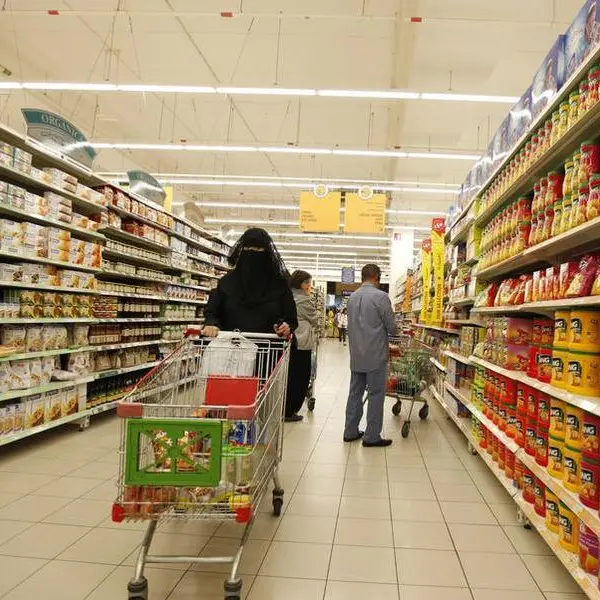PHOTO
In 2015, South Korea was taken by surprise with an outbreak of the Middle East Respiratory Syndrome-related coronavirus. At the time, it was deemed the largest outbreak outside of the Middle East, totaling 186 cases and 38 deaths. Since then, the Seoul government has grown more vigilant and has reformed its health system to handle outbreaks, using digital health technology that works seamlessly between different strategic institutions. Experts believe it is this shift to digital preparedness that has allowed South Korea to successfully manage the ongoing coronavirus disease (COVID-19) pandemic. Although it was one of the first countries to detect COVID-19 cases, it has managed to keep infection and death rates low without shutting down businesses or enforcing widespread lockdowns.
At the onset of the pandemic, the government swiftly and decisively activated a holistic system of surveillance, case identification, contact tracing, and quarantine measures using the best of digital health technologies. In a report published by the South Korean government in April, titled “Flattening the curve on COVID-19: How Korea responded to a pandemic using ICT,” we learn about a number of these innovative initiatives that have reduced the menacing impacts of the virus in the country. One example includes a university student who developed a “Coronavirus Map” app that alerts users on patients’ movements in their vicinity, fetching data from the Korea Centers for Disease Control and Prevention and essentially providing a map of infection hot spots. Another app, Cobaek, notifies users whenever they are within 100 meters of a confirmed coronavirus patient.
The government has also imposed a 14-day quarantine rule for all inbound local and foreign travelers. To monitor any breaches, the government has created the “Self-quarantine Safety Protection App,” which must be downloaded by all arrivals. This app enables users to monitor their health condition using a checklist of possible coronavirus symptoms. Authorities are also immediately notified if someone attempts to venture outside their designated quarantine area. Furthermore, epidemiological investigators developed a digital system that allows them to immediately identify the transmission routes of coronavirus patients using data from telecommunications companies, credit card companies, and the police. Such real-time data enables the government to alert local citizens about emerging hot spots, test or quarantine people who have been in contact with confirmed patients, and manage health care services in infected areas.
Today, governments are navigating unknown terrain, with every decision being a double-edged sword of trying to save people’s lives while potentially destroying their livelihoods. However, digital health technologies are proving to be an essential navigational compass in the battle against COVID-19. During this pandemic, for example, governments have harnessed the powers of digital technology to respond in a reliable, timely and effective manner. Countries are using it to review real-time data on transmission and death rates according to demographics and geographical locations, survey population movements using GPS on mobile phones, manage health care resources and medical equipment, communicate with the public, enforce quarantine measures, and evaluate the effectiveness of intervention strategies.
For example, online health dashboards, such as those run by the World Health Organization and the Johns Hopkins Coronavirus Resource Center, are helping policymakers, health care professionals and citizens monitor how the virus is spreading. This detailed data set can then be garnered to identify emerging clusters of infections and to prepare health care systems accordingly.
Like South Korea, Singapore has also kept its COVID-19 infection and death rates low by using an array of digital tools. “Ask Jamie” is a virtual assistant that can answer citizens’ queries on the virus and can be accessed across 70 government agency websites. It has also been enhanced to address business queries, including providing information on how the government is supporting businesses during this crisis. Citizens may also subscribe to the official government WhatsApp account to receive timely and credible updates on the COVID-19 situation in four languages.
In Singapore, people have their temperature checked at high-traffic entry points such as schools, workplaces and on public transport. “VigilantGantry” has been developed as a fully automated, contactless temperature screening tool that can detect abnormal temperatures without the need for staff. The data from the system and facial recognition technology is used by the authorities for contact tracing and to detect emerging hot spots of the disease. Additionally, the government has developed the “TraceTogether” app, which exchanges Bluetooth signals when people are in close proximity to one another. These records are stored for 21 days in each user’s phone. Should an individual be diagnosed with COVID-19, the Ministry of Health can easily access this data to identify those who were in close contact with the patient and test or quarantine them accordingly.
Taiwan has also managed to successfully control the pandemic using digital health technologies. With a population of 23 million, it has kept COVID-19 cases to fewer than 500 and recorded just seven deaths. When China first reported the outbreak, Taiwan swiftly imposed health checks for incoming travelers from Wuhan, bringing together data from immigration checkpoints with its health insurance system. This allowed health care workers to access patients’ travel histories and initiate testing, contact tracing or quarantining as needed. Furthermore, home-quarantined individuals were monitored electronically by government-issued mobile phones and, in the case of breaches, authorities were alerted and individuals issued fines.
Digital health technologies have played a crucial part in quelling the pandemic in countries with low infection and death rates. It seems, then, that we can help steer the course of this pandemic by capitalizing on these digital solutions.
- Sara Al-Mulla is an Emirati civil servant with an interest in human development policy and children’s literature.
Copyright: Arab News © 2020 All rights reserved. Provided by SyndiGate Media Inc. (Syndigate.info).












